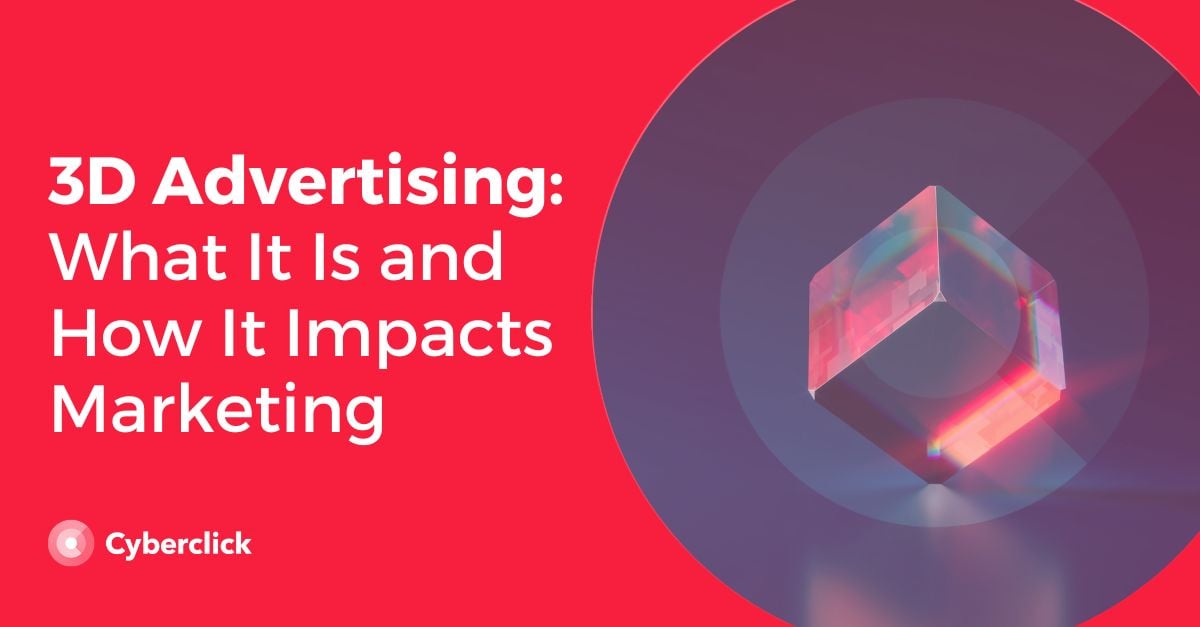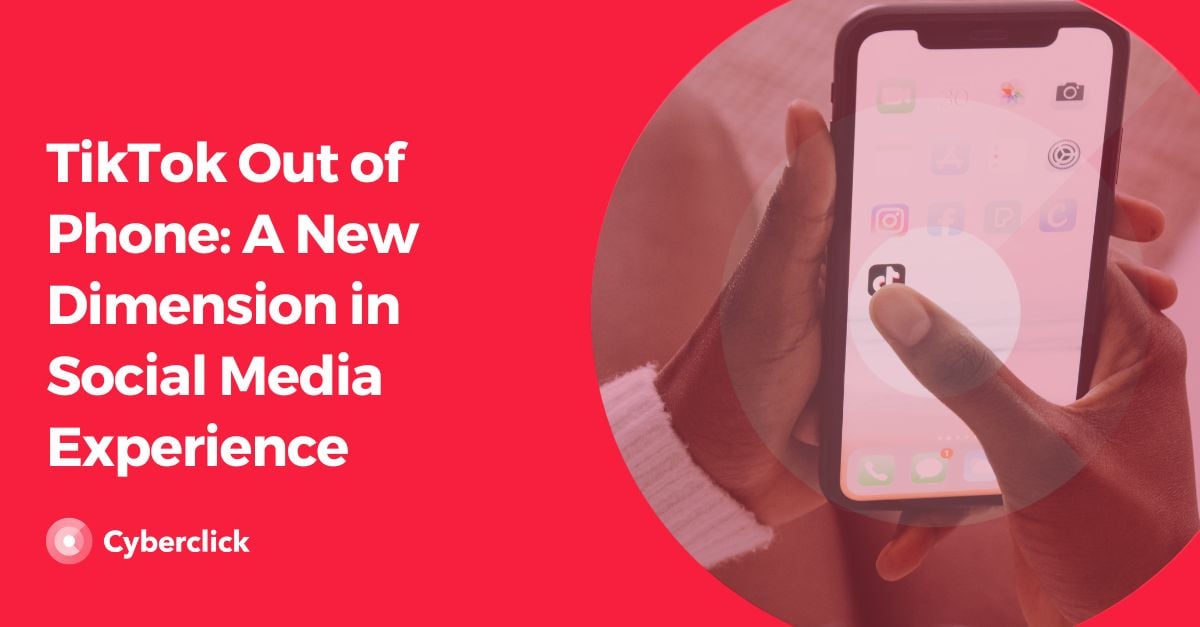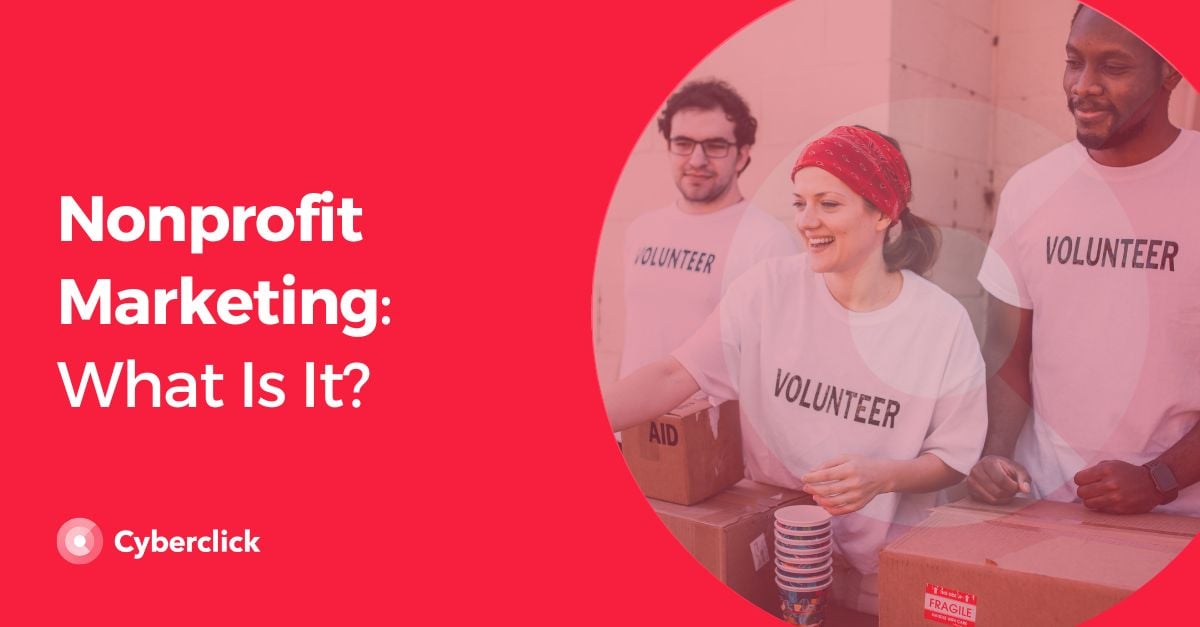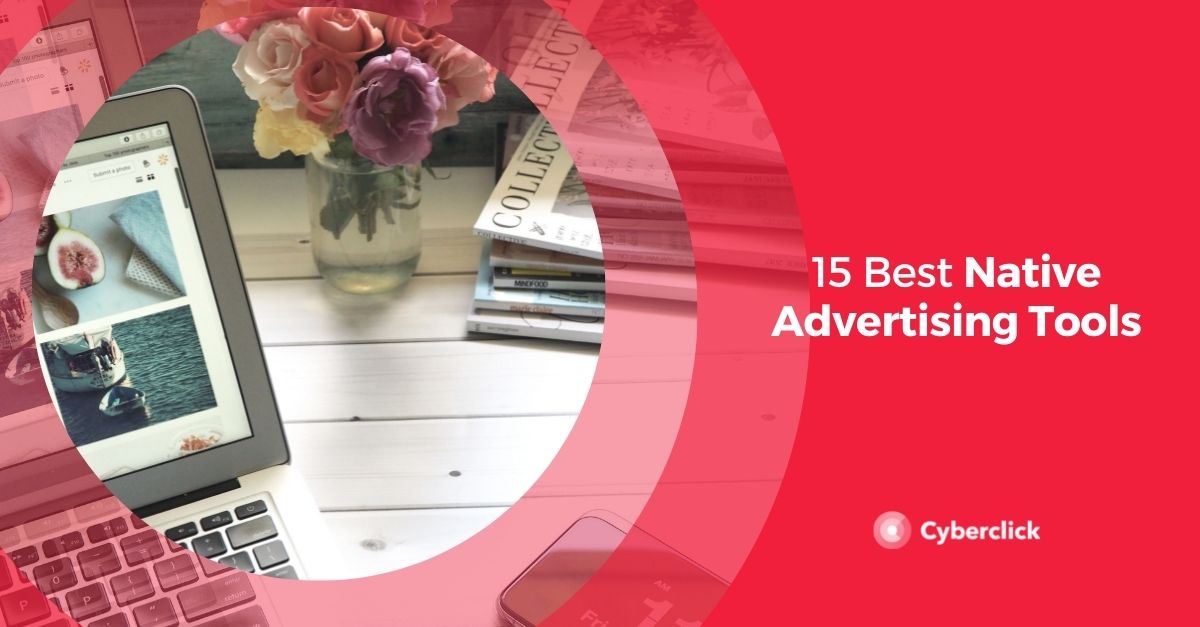The world of marketing and advertising continually evolves and innovates. In this context, technology is a great ally of brands when it comes to offering consumers new experiences, and 3D advertising is an example of this. So much so that this form of advertising is a fundamental element in creative advertising strategies. In fact, some believe that 3D advertising is the future.
In this article we’re going to take an in depth look at 3D ads so that you can incorporate them into your marketing strategy and achieve great results!
What Is 3D Advertising
3D advertising consists of bringing what is being transmitted to consumers to life. This way, it’s possible to capture the public's attention and create a more immersive experience.
For example, in the past, when a person saw an ad on their cell phone, they only saw a static image or a video. Now, with the advent of 3D advertising, people can interact with the product and rotate it to see it from different angles, thus having a more realistic view of it.
3D advertising has also been seen a lot in outdoor marketing. Surely you have seen viral videos of some examples, such as the Japanese Cat or Callao City Lights in Madrid (more about these below).

Benefits of 3D Advertising
Both outdoor 3D advertising, as well as the type seen on users' devices, has multiple benefits for companies. These benefits include:
-
Increased web traffic: 3D advertising that users can consume from their homes has the ability to create a much more complete experience, as it is possible to view products fully without leaving home. Because of this, customers are more likely to trust your company and feel more comfortable shopping remotely. For all these reasons, 3D advertising is a great ally when it comes to boosting ecommerce sales.
-
Personalization: 3D advertising allows users to check how certain products look in their home in real time with a simple click. This ability to personalize the online experience is tremendously attractive to the public and increases their loyalty and trust towards the brand.
-
High conversion rates: with 3D advertising, the public will no longer have to wait until the product arrives at home to check if it is to their liking, but will be able to know before they buy it. This way, they will be able to make smarter purchases and your return rates will decrease, while your repeat customers will increase.
-
Strong connection with the audience: marketing is a job that consists of evoking emotion from the public and 3D advertising can make this easy. Its ability to create immersive experiences makes the audience feel more attracted to the brand and everything it has to offer.
Where Is 3D Advertising Used?
Essentially, 3D advertising can be applied to several areas or spaces.
-
Outdoor or OOH (Out of Home) advertising: this type is the most eye-catching due to the fact that it is usually transmitted on large screens. They have a great impact on the viewer, so much so that, in many cases, some campaigns have gone viral. However, due to their high cost, they are usually carried out by larger brands.
-
User devices: this is the most widely used by all companies, as it involves a lower investment. There are many ways in which 3D advertising can be implemented on devices (cell phones, tablets, or computers). The most widespread is in ecommerces or marketplaces such as Amazon, where the user can get a three-dimensional image of the product they want to buy or get an image of how the product would look in their own home.
-
Combination of both: in this case, traditional outdoor advertising is combined with the use of mobile devices to offer a 3D digital marketing experience. One of the best known cases is an ad by Burger King called "Burn That Ad" in which the public could discover the real content of some physical posters through their cell phones.
Examples of 3D Outdoor Advertising
Tokyo Cat
This was one of the first 3D advertisements in Japan, and it generated great interest among the public. The video that spread online even went viral. The 3D ad was located in Shinjuku Square and offered passers-by a 4K image of an adorable kitten.
Cupra advertising in Callao Cinemas
3D advertising campaigns have already been projected in Madrid's Callao plaza. Among them, was one developed by the car brand, Cupra, to advertise its new Cupra Formentor. In the ad, the vehicle seems to come out of a giant screen and enter real life. This marketing strategy, without a doubt, has the power to generate great engagement and a very good ROI (return on investment).
Netflix's Advertisement for Resident Evil
This one took place in New York, in Time Square, no less. The streaming platform created this ad to promote the launch of the series, Resident Evil.
3D Advertising Applied to Ecommerce
Thanks to Google's ARCore, a software development team created by the company to generate augmented reality experiences, as a brand you will be able to transform your 2D product images into 3D models. This way, when someone searches for a certain product on the web, the option to "view in 3D" will appear.
Additionally, ecommerce platforms, such as Shopify, make it very easy to implement 3D images, allowing you to make this type of creative in just a few steps.
Key Account Manager Engineer en Cyberclick. Experto en desarrollo de aplicaciones web e integraciones entre sistemas con más de 10 años de experiencia. Cuenta con una licenciatura en Matemáticas, Ciclo Formativo de Grado Superior en Desarrollo de Aplicaciones Informáticas y Ciclo Formativo de Grado Superior en Desarrollo de Aplicaciones Multiplataforma.
Key Account Manager Engineer at Cyberclick. Expert in web application development and system integrations with over 10 years of experience. He holds a degree in Mathematics, a Higher Degree in Computer Application Development, and a Higher Degree in Multiplatform Application Development.






Leave your comment and join the conversation